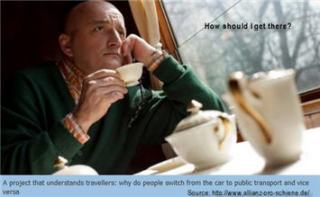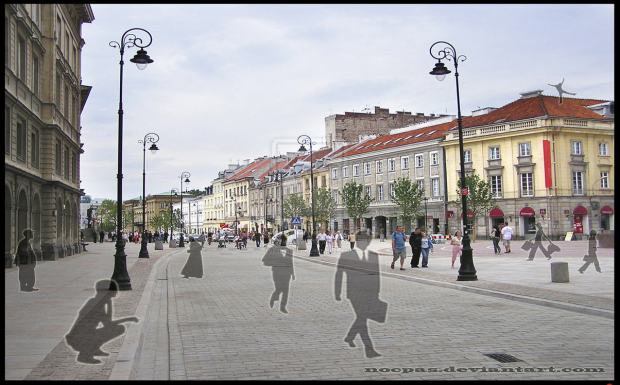Transportation Alternatives‘ Safe Routes for Seniors campaign started in 2003 to encourage senior citizens to walk more by improving their pedestrian environment. Funded by the New York State Department of Health’s Healthy Heart program, this was the first program of its kind to address the needs of elderly pedestrians.

Click here for Elizabeth Press’s StreetFilms video.
In 2008, the City of New York launched its own Safe Streets for Seniors initiative based on TAs Safe Routes for Seniors. Focusing on 25 areas with high senior pedestrian fatalities, this program is paving new ground. Yet, some including seniors not in these zones are asking, is it enough? Stats released by Transportation Alternatives show that:
* People aged 65 years and older make up 12% of the population, yet they comprised 39% of New York City’s pedestrian fatalities between 2002 and 2006.
* The fatality rate of senior pedestrians is 40 times greater than that of child pedestrians in Manhattan.
This video is an overview of what Transportation Alternatives, New York State Department of Health, NYC DOT, community groups, and elected officials are doing to promote safe streets for seniors.
Some references:










